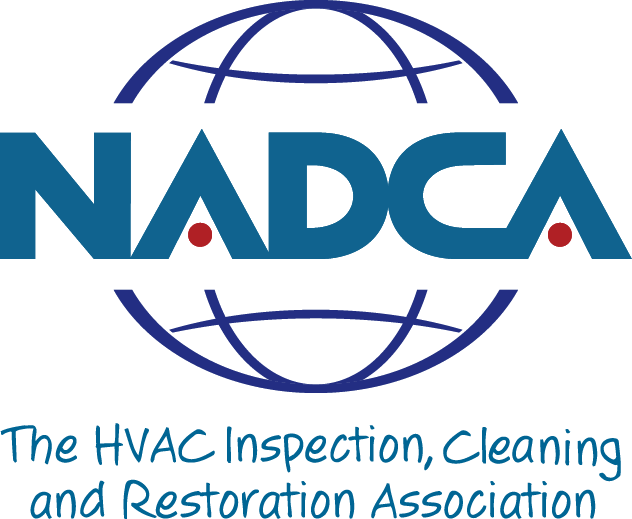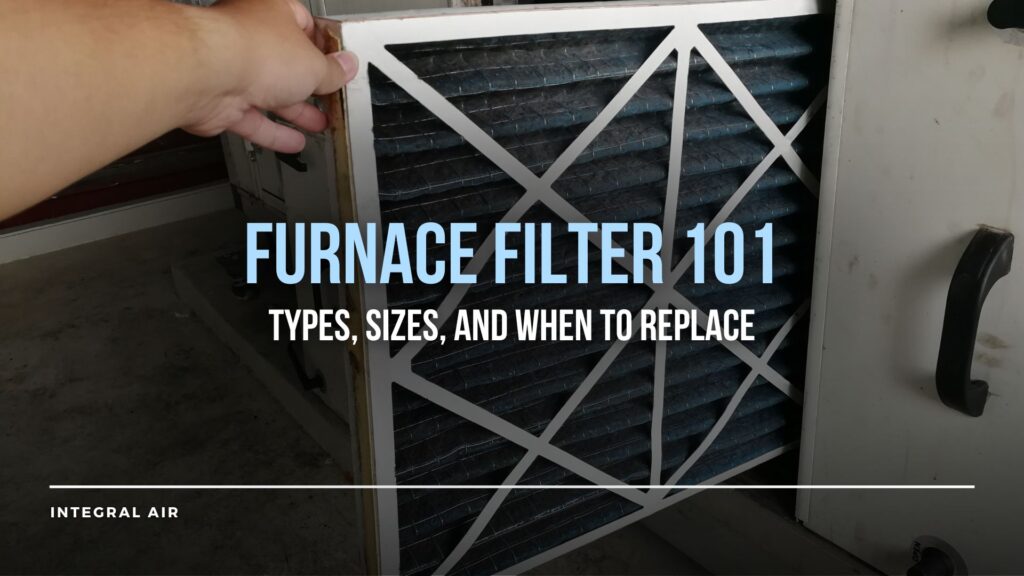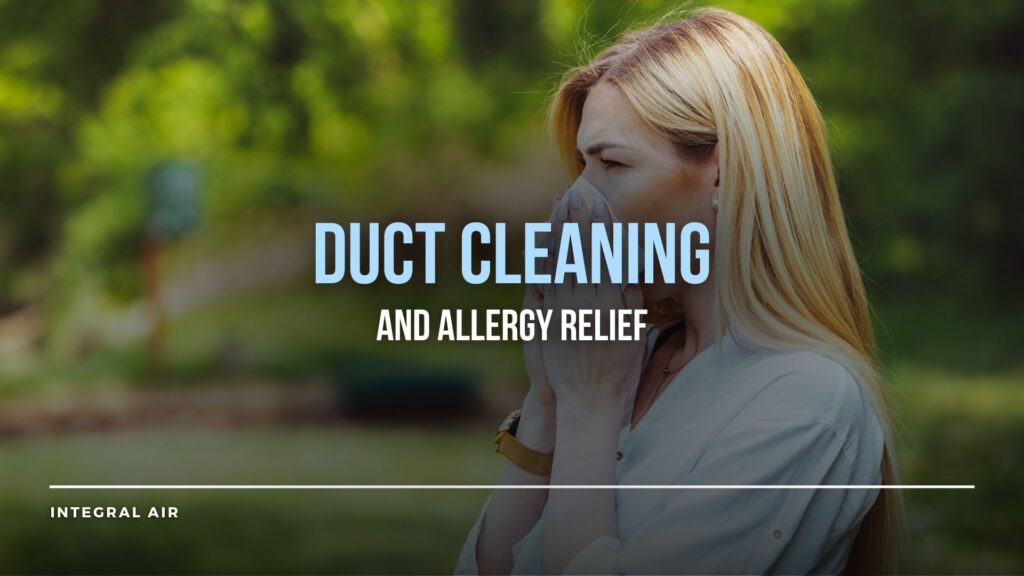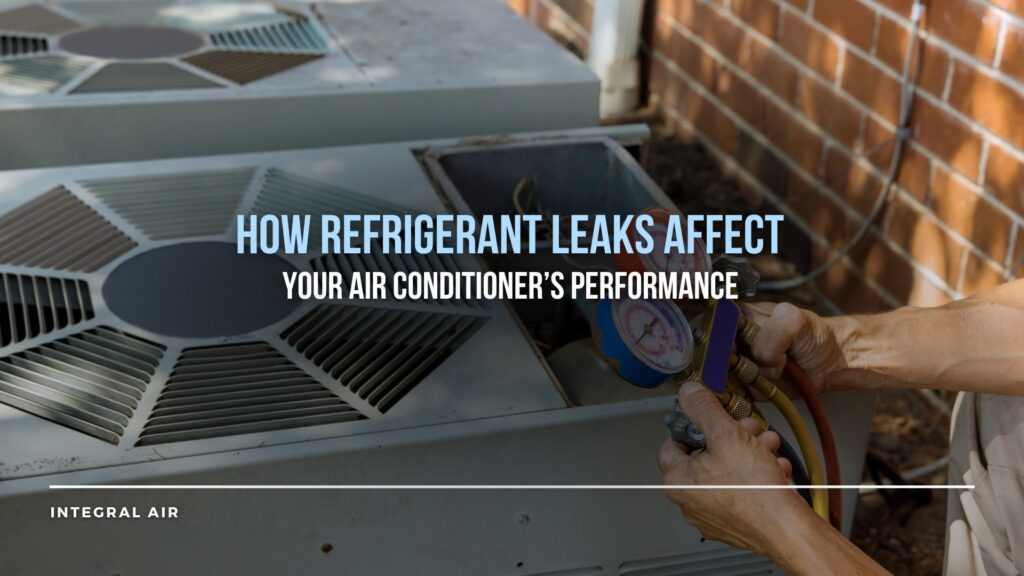If you want your HVAC system to run smoothly, your furnace filter plays a key role. It helps keep the air in your home clean, protects your equipment, and ensures energy efficiency. Whether you’re a new homeowner or just looking to improve your indoor air quality, this furnace filter guide will explain everything you need to know about furnace air filters, including types, sizes, and when to replace them.
What Does a Furnace Filter Do?
A furnace filter traps dust, pollen, pet dander, mold spores, and other small particles before they enter your HVAC system. This helps protect the equipment and keeps your home’s air cleaner. A clean filter also helps maintain airflow, which supports the efficiency of your heating and cooling system.
Neglecting filter replacement can reduce filter performance rating, increase energy use, and even damage your furnace over time. That’s why understanding your HVAC filter is one of the easiest and most effective steps you can take for better air and lower maintenance costs.
Types of Furnace Filters
There are several different types of furnace filters available, each with its own pros and cons. Your choice may depend on your budget, your home’s needs, and whether anyone in the house has allergies or respiratory issues.
1. Fibreglass Filters
These are inexpensive and disposable. They protect the furnace but don’t do much to improve indoor air quality. They’re best for homes without pets or allergy concerns.
2. Pleated Filters
Made of folded material to increase surface area, pleated filters are better at trapping small particles like pollen and pet dander. They come in a variety of MERV ratings and are a popular choice for residential use.
3. HEPA Filters
High-Efficiency Particulate Air (HEPA) filters remove up to 99.97% of particles. They are excellent for removing allergens and mold spores but may require system upgrades to work properly in standard HVAC systems.
4. Electrostatic Filters
These use a static charge to attract particles and are available in both disposable and washable versions. They are effective and environmentally friendly if reused.
5. Washable Filters
Reusable filters can be cleaned and reinstalled, saving money over time. However, they may not be as effective at removing very small particles.
What Is a MERV Rating?
MERV stands for Minimum Efficiency Reporting Value. This number rates how well a filter removes particles from the air. Ratings range from 1 to 20, with higher numbers meaning better filtration.
MERV 1–4: Basic filtration (fibreglass filters)
MERV 5–8: Better for pollen and dust (pleated filters)
MERV 9–12: Good for mold spores and pet dander
MERV 13+: Great for homes with allergies, but may require stronger HVAC systems
A higher MERV rating improves filtration, but also reduces airflow if your system isn’t designed for it. Always check your HVAC system’s specs before upgrading.
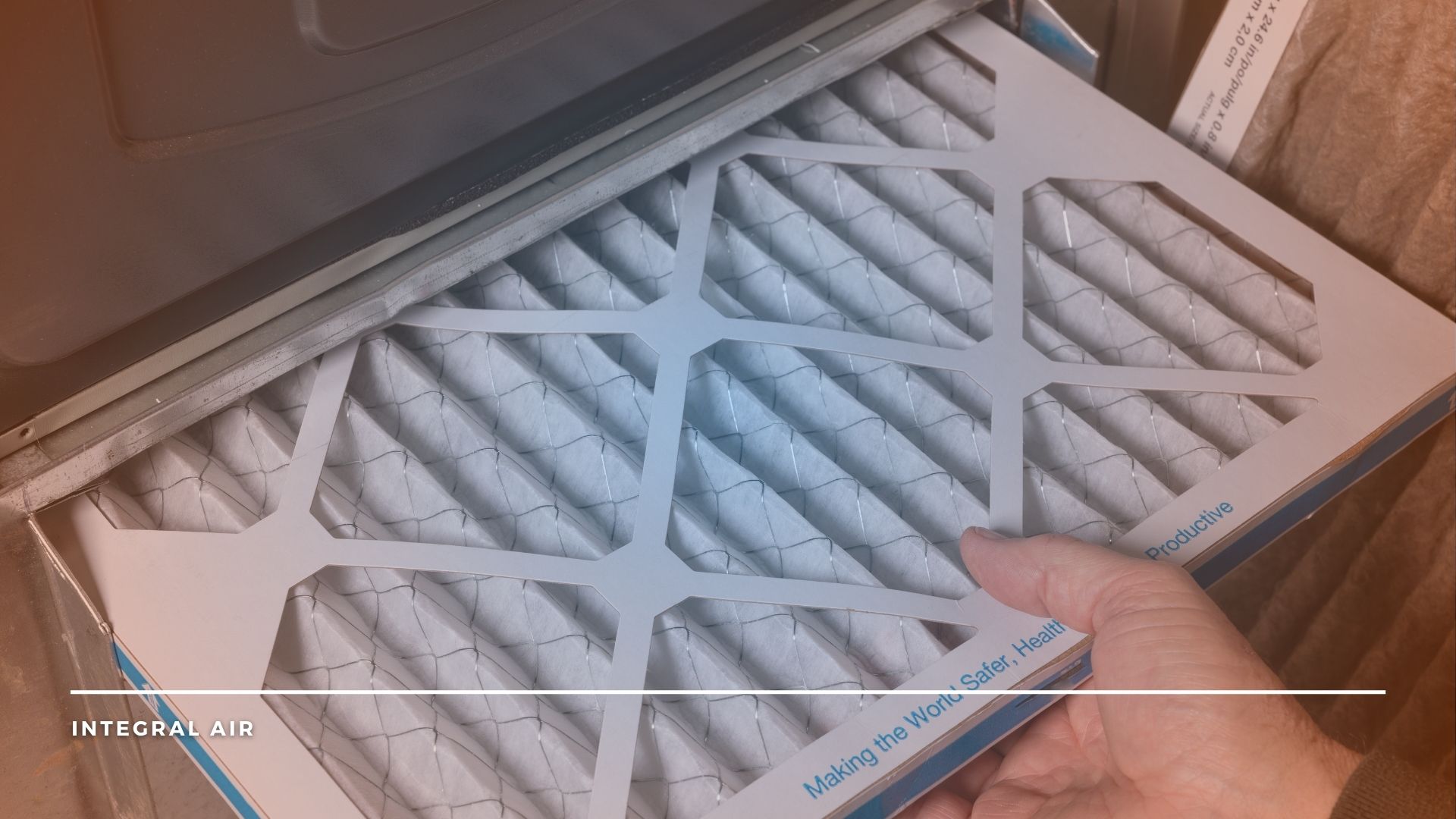
Choosing the Right Filter Size
Filter sizes matter. Using the wrong size can lead to gaps where unfiltered air flows through, reducing your filter’s effectiveness. Common sizes include:
– 16x25x1
– 20x20x1
– 14x20x1
– 20x25x4 (thicker filters for better airflow)
You can find these sizes marked on the edge of your existing filter, or check your HVAC system’s manual. If you’re not sure what you need, a furnace cleaning Edmonton technician can help with the correct measurements.
Retailers like Home Depot offer a wide selection of sizes and brands. It’s a good idea to compare options and read the air filter buying guide provided with the product.
When to Replace Your Furnace Filter
Most standard furnace filters should be replaced every 1 to 3 months. However, your actual schedule may depend on:
– Home size and number of occupants
– Pets or smokers in the home
– Allergy or asthma concerns
– Use of air purifiers or humidifiers
Homes with pets or allergy sufferers may need more frequent changes. High MERV filters can last a bit longer, but it’s best to check the filter monthly to see if it looks dirty or clogged. Failing to change the filter regularly leads to higher energy bills, reduced performance, and excess wear on your HVAC system.
Furnace Filter Maintenance and Cleaning Services
If you’re not sure how to change a filter or suspect that your furnace needs more than just a filter replacement, consider calling a professional. Furnace cleaning Edmonton services often include filter replacement, system inspections, and duct cleaning.
A complete system clean not only boosts efficiency but also protects your furnace from long-term damage. Services may include cleaning the blower motor, inspecting the duct system, and even dryer vent cleaning to keep the whole HVAC system in shape.
These companies are also a great resource for customer service, frequently asked questions, and seasonal maintenance tips.
Edmonton Furnace Cleaning Advantage
Your furnace filter is a small but essential part of your HVAC system. Choosing the right type, size, and replacement schedule can dramatically improve indoor air quality and system performance. Whether you’re upgrading to pleated filters, exploring HEPA options, or just trying to lower your energy bill, following a reliable furnace filter guide is a smart move.
For expert advice, filter replacement, or full furnace cleaning Edmonton homeowners trust, connect with a professional HVAC service like Integral Air. With regular maintenance and the right filter, your home will be cleaner, more efficient, and healthier all year round.

